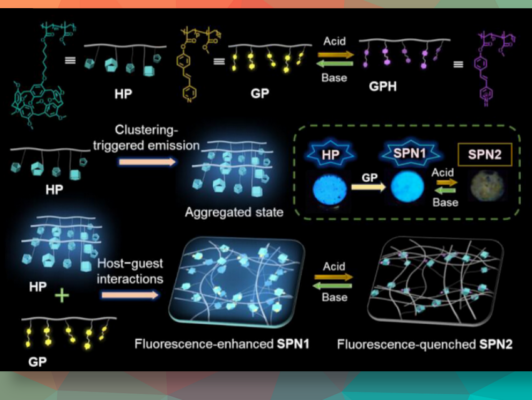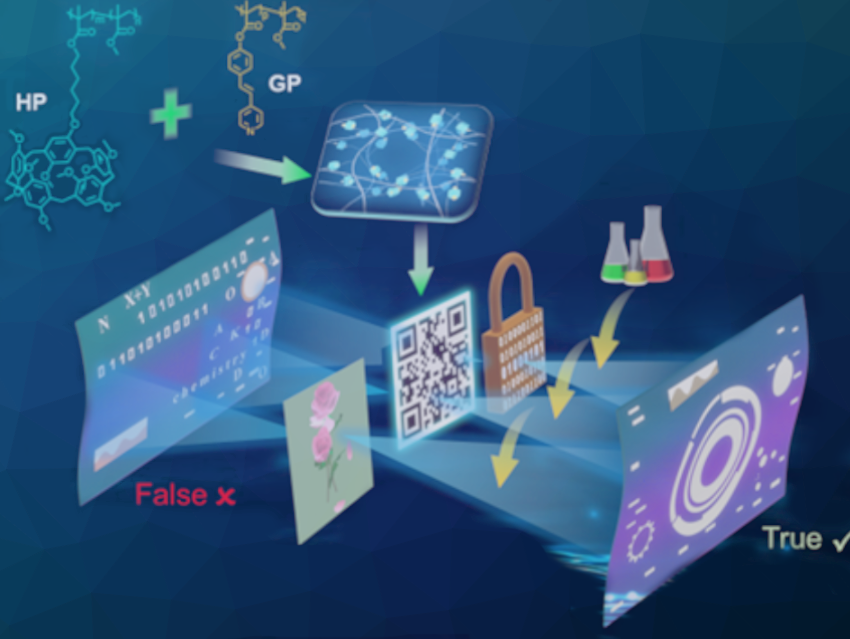Drugs that are administered in an inactive, “caged” form and that can be activated at specific times and locations using, for example, light can be useful, e.g., in cancer treatment. This can have advantages such as as fewer or less severe side effects or a lower likelihood for the development of resistances.
Clusterization-triggered emission (CTE) has driven the design and development of new non-conjugated organic luminescent materials in recent years. Regulating the emission properties of CTE materials through supramolecular interactions is an excellent strategy for the construction of smart fluorescent materials.
Danyu Xia, Shanxi University, China, Xuzhou Yan, Shanghai Jiao Tong University, China, Pi Wang, Taiyuan University of Technology, China and colleagues have developed a regulatable supramolecular polymer network with CTE properties using pillararene-based host−guest interactions. The pillar[5]arene-grafted poly(methyl methacrylate) showed classic CTE characteristics. After adding Brooker’s merocyanine-grafted polymer to a pillar[5]arene-containing poly(methyl methacrylate) solution, a supramolecular polymer network gel (SPN) formed through host−guest interactions between pillararene and Brooker’s merocyanine guest. Brooker’s merocyanine is an organic dye belonging to the class of merocyanines. The supramolecular network showed brighter fluorescence in the solid state than the pillar[5]arene-grafted poly(methyl methacrylate).
In addition, the researchers found that reversible regulation of quenching and emission of the fluorescent supramolecular network created through the interactions between pillar[5]arene and Brooker’s merocyanine could be achieved by adjusting pH conditions.

According to the researchers, this regulatable fluorescent supramolecular polymer network system shows promising potential for anticounterfeiting and information encryption. This work not only offers a new way to constructing regulatable clusterization-triggered emission systems but also expands the applications of luminescent materials in the field of information security.
- A clusteroluminescent supramolecular polymer network constructed by pillararene and its application in information encryption,
Meiru Zhang, Yujie Cheng, Ting Zhang, Bicong Liang, Xuehong Wei, Pi Wang, Danyu Xia, Xuzhou Yan,
Aggregate 2024.
https://doi.org/10.1002/agt2.608



